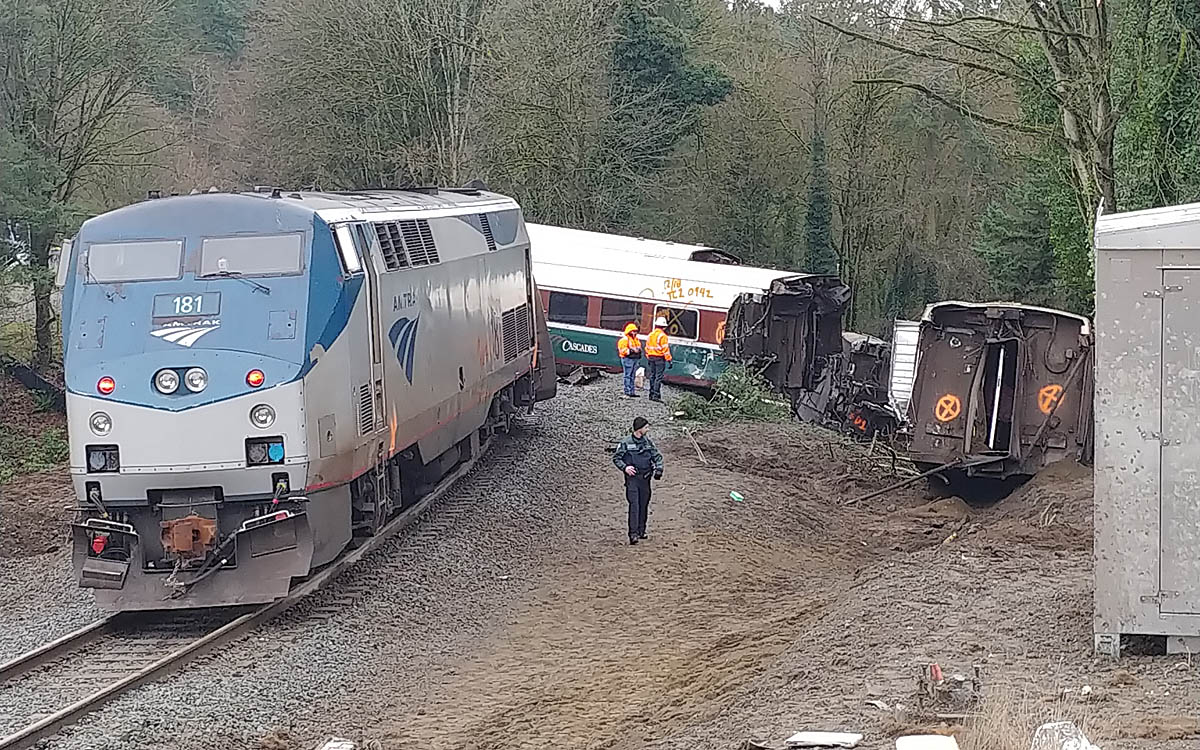
TACOMA, Wash. — The engineer who was at the controls for the fatal Amtrak Cascades derailment in 2017 says he’s still trying to get his operating license back, although admitting that’s unlikely, and says he relives the accident “all day” during his waking hours.
Steven Brown, the 59-year-old engineer who was fired by Amtrak as a result of the crash, spoke to the Seattle Times in his first interview since the Dec. 18, 2017, derailment in DuPont, Wash., that killed three passengers and injured 65 other people. He told the paper that when he realized the train was going to go through a 30-mph curve at 80 mph, he thought “it was going to be uncomfortable” but that the train was going to make it around the curve.
Amtrak said in court that Brown’s firing was “for violating safety rules,” and the Federal Railroad Administration suspended his license for exceeding the curve’s speed limit. Brown says he’d like to return to the cab. “I was satisfied with where I got in life. I was really, truly, happy,” he said, “… In an unbelievable instant, it’s all gone.”
Brown — who had become an engineer in 2013 after nine years as a conductor — suffered broken ribs, a broken jaw and cheekbone, compressed vertebrae, and elbow damage requiring partial replacement.
Because a county judge ruled Amtrak is responsible for his losses because it operated the train in unsafe conditions [see “Digest: Judge rules for ‘Cascades’ engineer in suit against Amtrak,” Trains News Wire, March 25, 2021], Brown could receive back pay — an annual salary of $105,000 plus retirement benefits — at a trial scheduled for October.
The derailment occurred on the first trip of an Amtrak train to use the newly opened Point Defiance bypass, an inland route taking Amtrak traffic off the coastal route shared with BNSF trains. Brown had made one southbound run and two northbound trips as engineer prior to the opening of the bypass, as well as seven to 10 observational trips. When the bypass reopens, engineers will be required to complete at least six practice round trips and a series of 10-hour days mimicking the actual operating schedules.
Crew qualification trips will be held June 1 to July 25, but no date for resumption of service on the bypass has been announced.






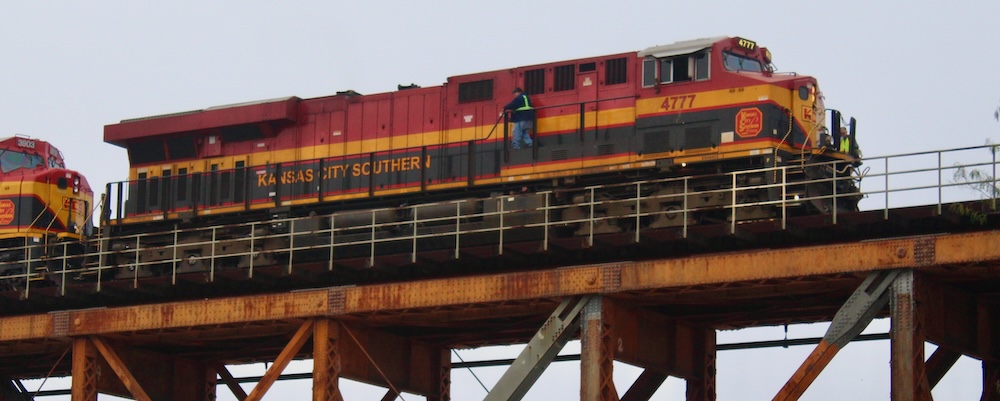
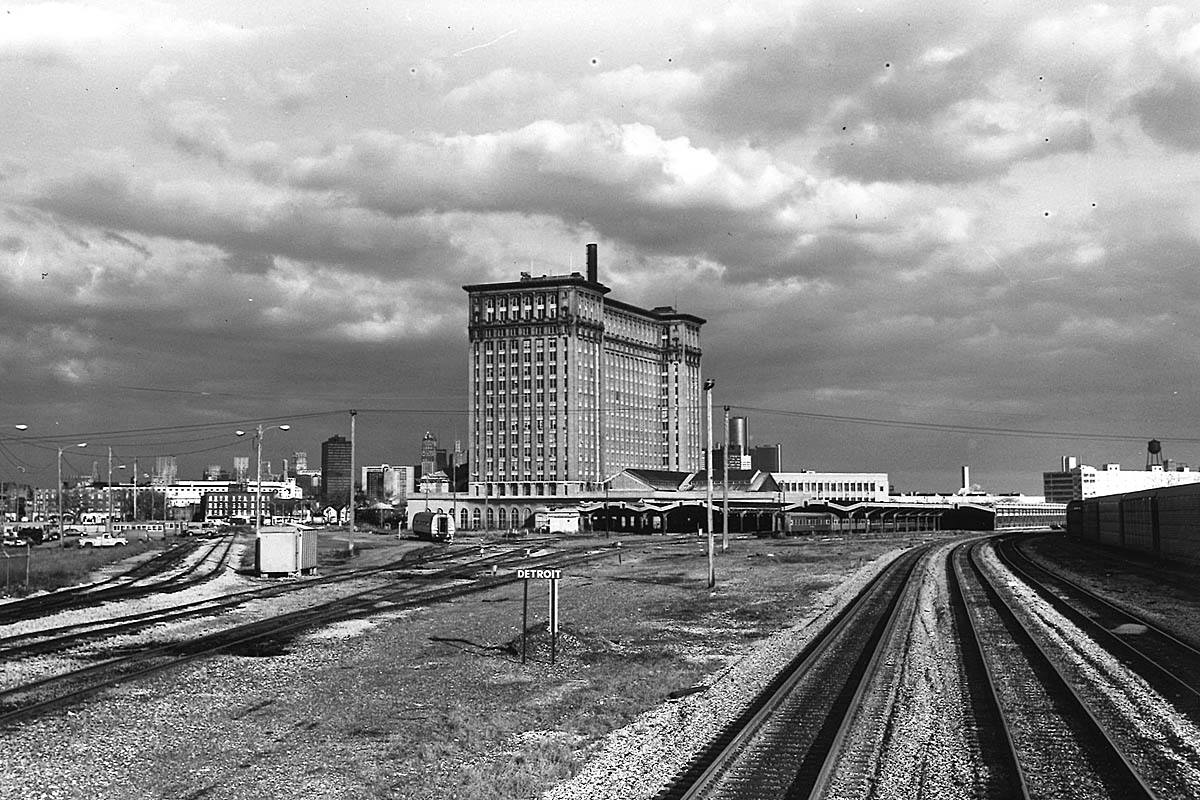
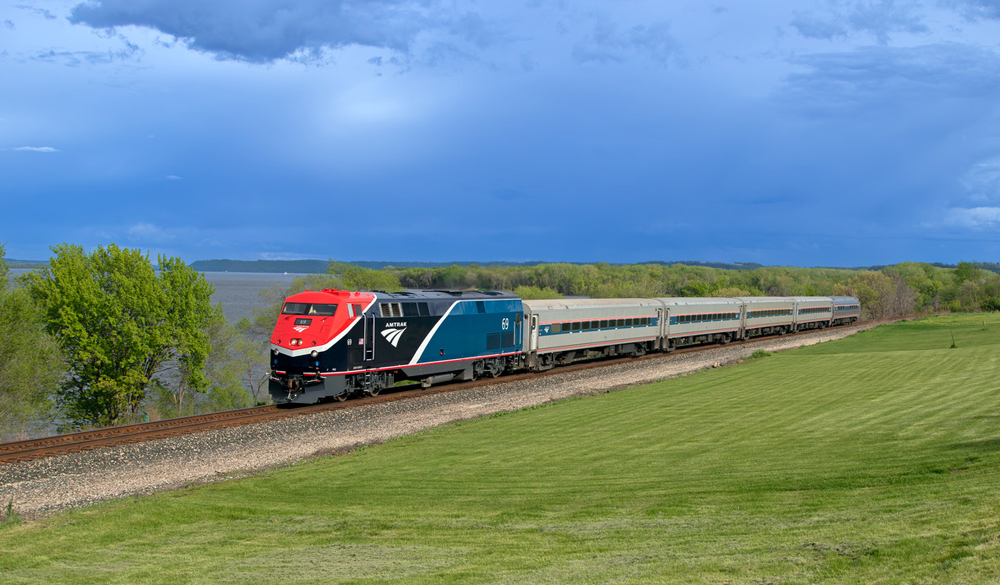
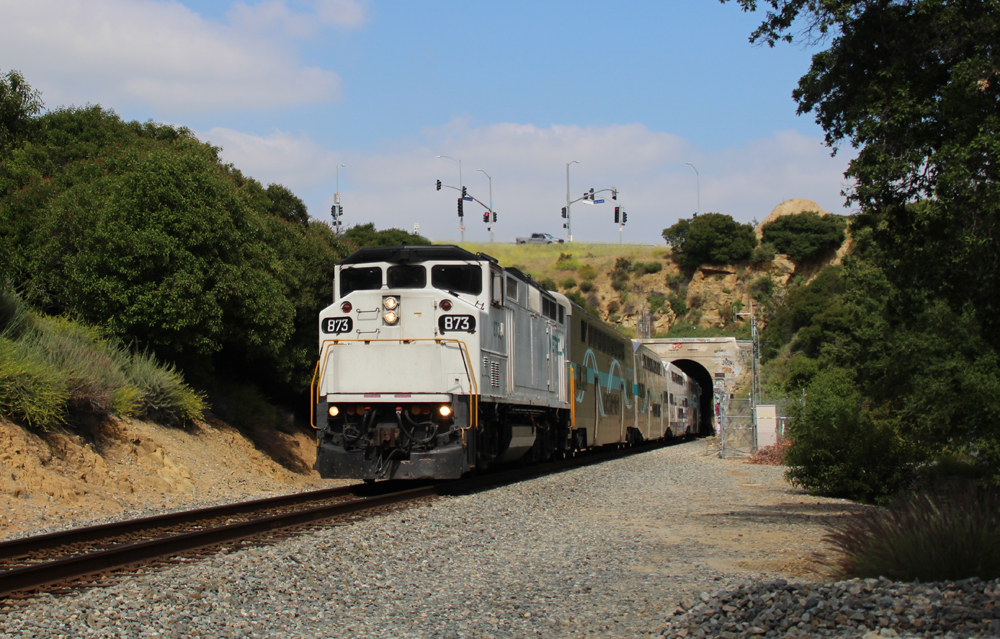




He was supposed to be an experienced engineer, yet couldn’t foresee approaching a 30MPH curve at 80MPH? As a OTR truck driver of 44 years, many uncomfortable will happen taking a curve marked for 30MPH in an 80,000 pound tractor trailer going too fast.
He was supposed to be an experienced engineer, yet couldn’t foresee approaching a 30MPH curve at 80MPH?
This accident happened in the still dark morning. There is a simple inexpensive solution that could have been employed and that could still be employed to get the route open. We see it all the time on freeways and side streets where they are using warning signs outlined in yellow flashing lights. They get ones attention. Unless the engineer was completely asleep, such a warning preceding the curve would have gotten him to slow for the curve. Cheap solution, problem solved. The thing is that the railroaders and government regulators always seem to look for more extensive and expensive solutions. Will anyone heed my suggestion?
boy with 10 observation trips you would he would have remembered a 30 mph curve.
Totally agree Mr Carlton.
there were warning signs maybe not enough training but then the engineer should requested more help
It’s been a while so I don’t remember – how many crew were in the cab ???
If my memory treats me correctly, I believe a conductor on a qualifying run was also there. The train master that was also supposed to be on that run had overslept from what I read not that long ago.
Did the conductor qualify?
Unknown, never was stated. Don’t what happened to him if he is even still with the Railroad.
Darwin Award candidate — “‘candidate?’ heck no; this imbecile Brown is declared ‘winner’ hands down.” I offer substantiating evidence courtesy TRAINS News-Wire: ” . . . when he realized the train was going to go through a 30-mph curve at 80 mph, he thought ‘it was going to be uncomfortable’ but that the train was going to make it around the curve.”
For such a needless, fatal tragedy of epic proportions — including FOUR (4!) years later the route still off-limits to Amtrak, after all the expenditures of time and money in planning and preparation — it seems in poor taste to offer a quip, “Surely, this engineer flunked 1) high school-level Physics AND adult males’ and females’ Common Sense 101.”‘ So I’ll stop with that one.
. . . . Oh boy, did Brown luck out with the idiocy of the ONE county judge awarding him hundreds of thousands of dollars courtesy of Amtrak, forced to pay; AND judging that the carrier will take the fall for this — NOT the reckless engineer / employee.
Before making such statements, it behooves oneself to investigate whether or not the statement made by any individual could be truthful…
I’m no expert, but trains have survived going through curves significantly over the speed limit before and survived.
In a typhoon in the Sea of Japan, the carrier USS Midway in the late 1980’s rolled several degrees past what the marine engineers in the Bureau of Ships said was possible without the ship capsizing. Yet 4,000+ men didn’t die that day and she rests in San Diego today as a museum ship, despite surviving the impossible.
If even the experts can’t guarantee with 100% certainty such things, I wouldn’t be too quick to blame an engineer that presumably has no formal engineering training for essentially hoping for the best case scenario after a terrible mistake (Even if it was wishful thinking).
DAVID – Something that seems silly to me was embargoing the railroad. As if the railroad caused the crash. The line should have been re-opened within days. Keeping it closed sends the message that competent crews can’t drive a train.
How long did it take to reopen NEC at Gunpow, Maryland, after the crew-caused 1989 crash? (Or was it 1988?). The debris was cleared, the signals were tested and found functional. Soon there were trains.
Possible(?) reasons: (#1) At the time PTC had not yet been fully implemented on the route. PLUS (#2) there is some unhappiness among the jurisdictions through which the bypass runs. Formerly the line was only used occasionally for local freight movement. The opening of the route to 79 mph passenger trains through their towns 8 times a day (10 if the Coast Starlight uses it) has raised angst among some NIMBY citizens and politicians. Though not fully reported, it’s fair to surmise that some degree of political pressure has been applied to the state in efforts to delay, forestall or curtail operations. With full speed test runs scheduled to resume this month we’ll finally see if it’s okayed for operation. Of one thing you can be certain – in order to ease their operations through the Tacoma Narrows bottleneck, BNSF sure hopes it will be.
If he’d been going a little slower maybe the train would have gone off the middle of the bridge directly over the interstate. Thank Godbit wasn’t worse.
I totally agree, it was quite a ride when it went off the tracks. I hope I never experience anything like that again. I too think about it everyday, glad I am still here in relatively good shape.